Community articles — Physics
Recent
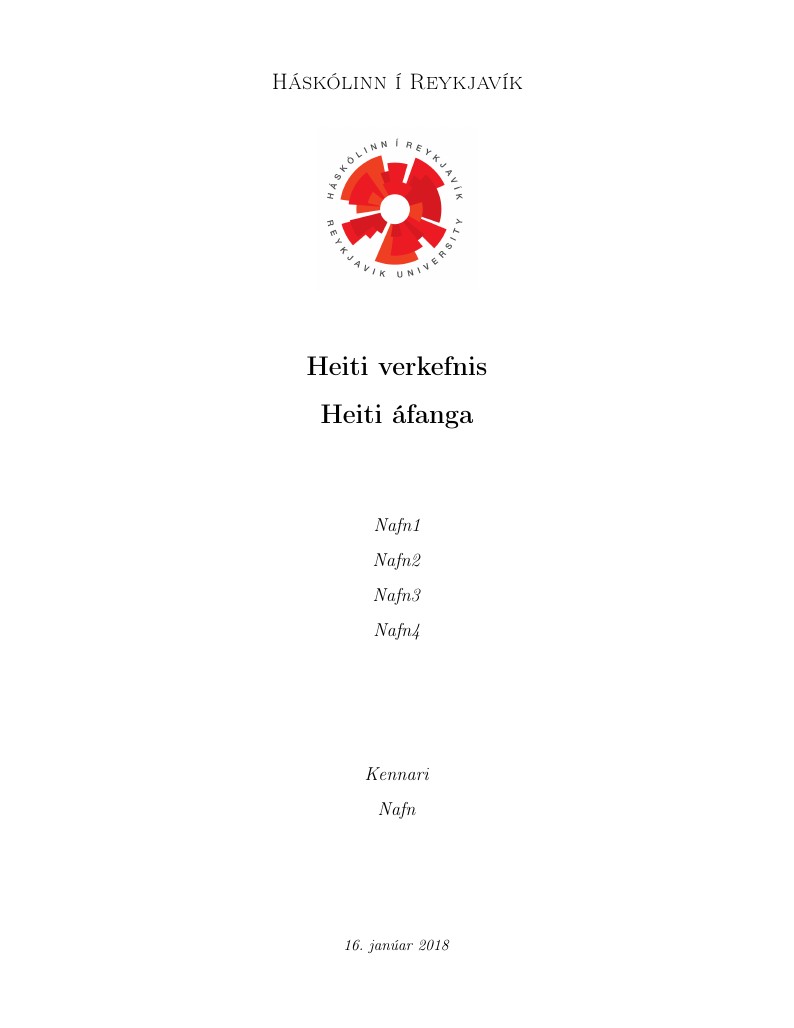
Template for students in physics at Reykjavik University.
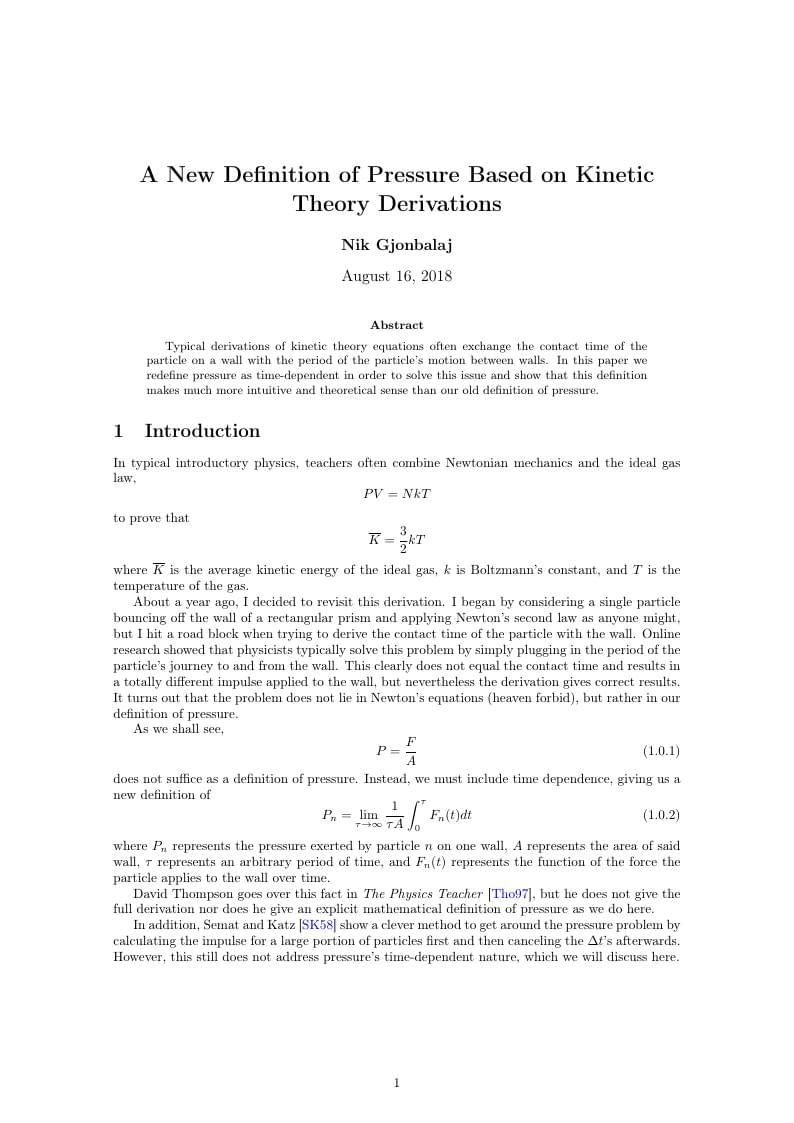
Typical derivations of kinetic theory equations often exchange the contact time of the particle on a wall with the period of the particle's motion between walls. In this paper we redefine pressure as time-dependent in order to solve this issue and show that this definition makes much more intuitive and theoretical sense than our old definition of pressure.
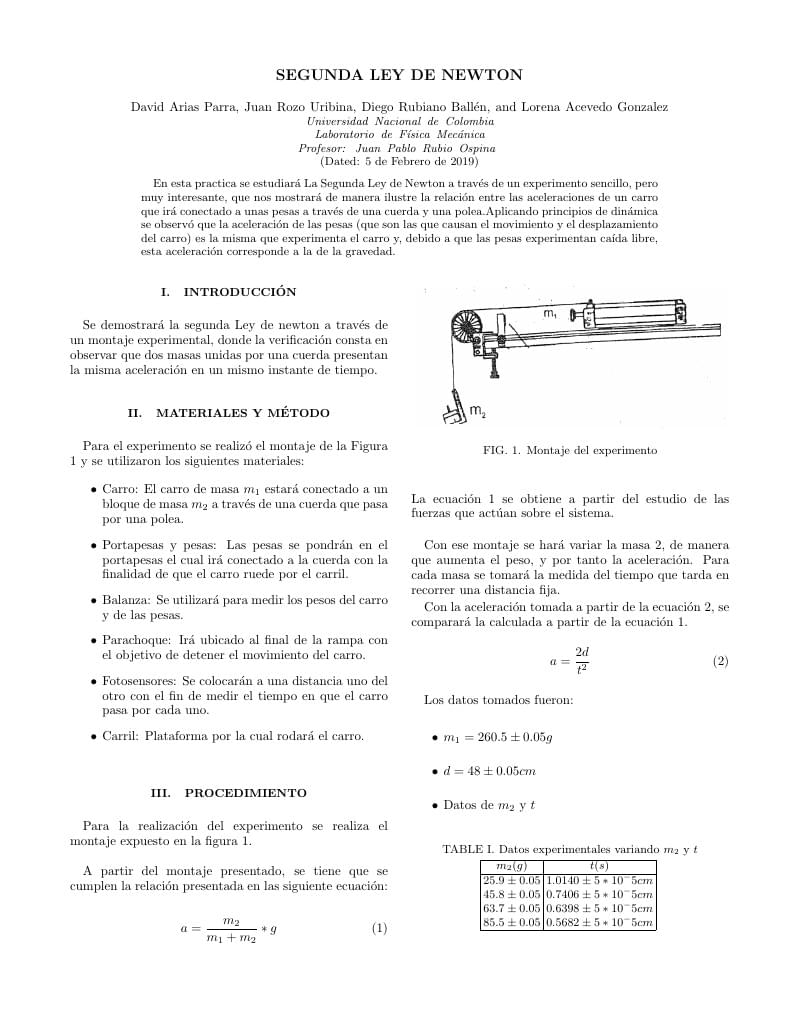
informe de practica pendulo fisico
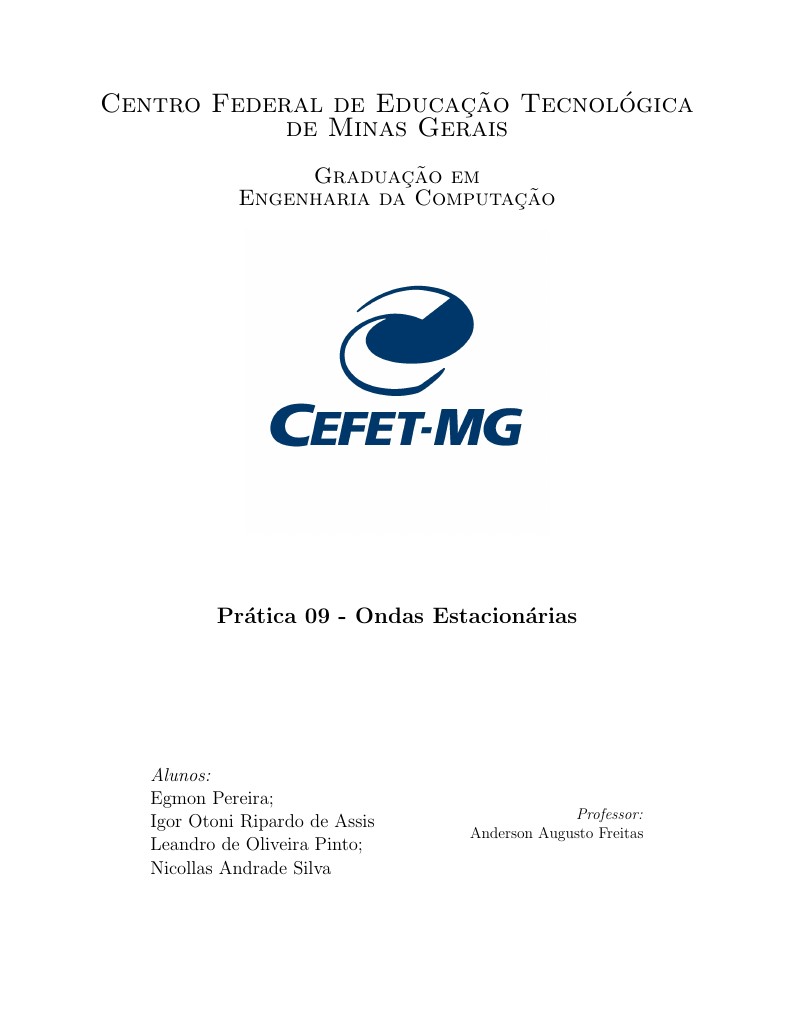
Relatório do Trabalho Prático nº 9 de Física Experimental II
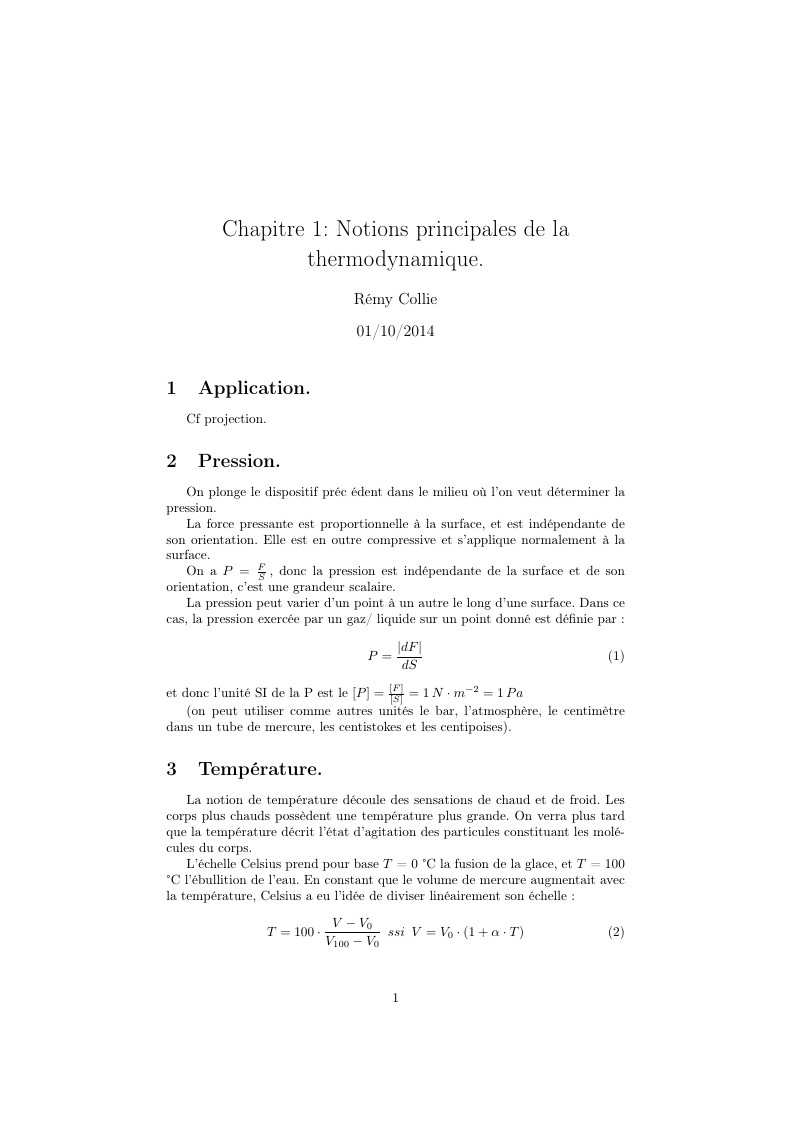
Chapitre 1, Peip1, Polytech'Nice Sophia
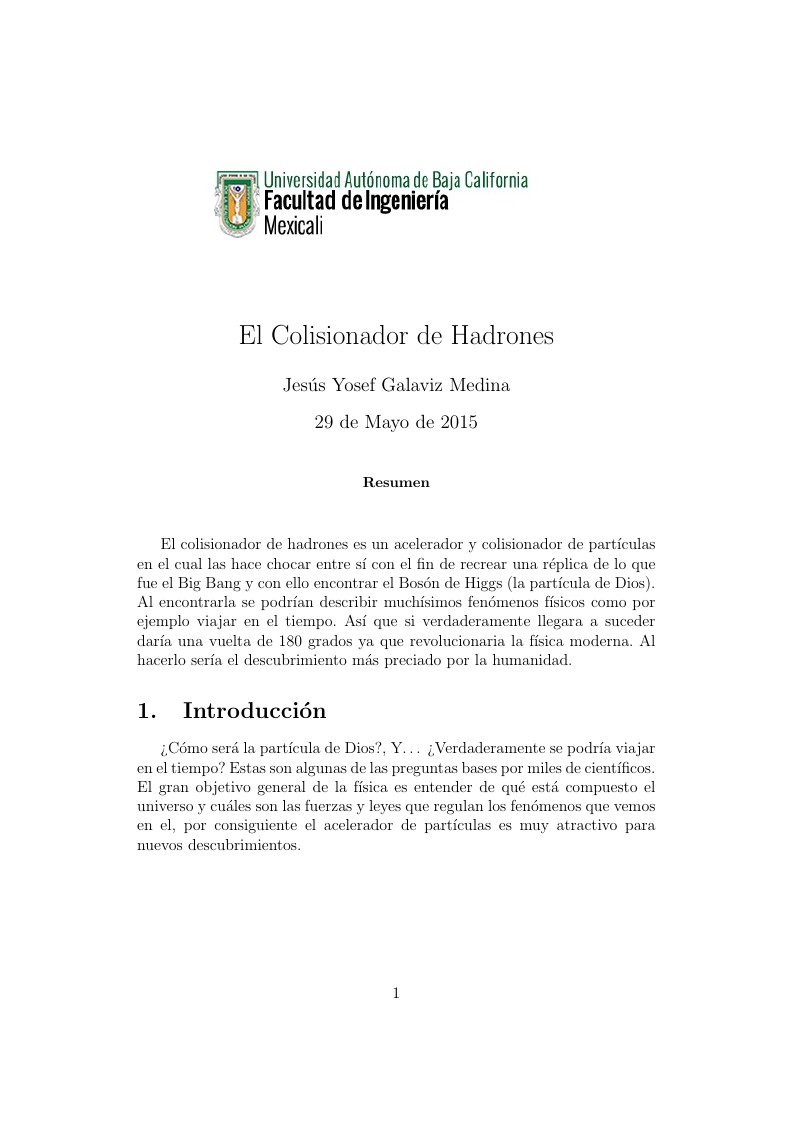
Articulo Colisionador de Particulas
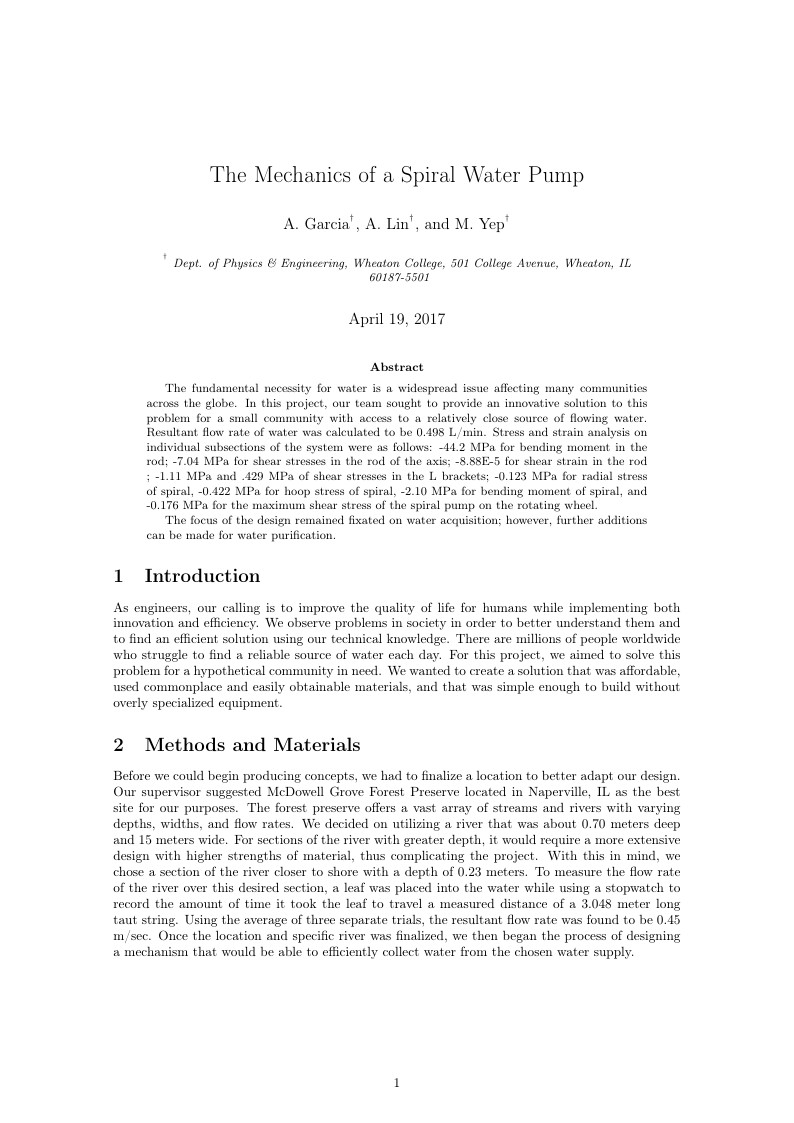
The fundamental necessity for water is a widespread issue affecting many communities across the globe. In this project, our team sought to provide an innovative solution to this problem for a small community with access to a relatively close source of flowing water. Resultant flow rate of water was calculated to be 0.498 L/min. Stress and strain analysis on individual subsections of the system were as follows: -44.2 MPa for bending moment in the rod; -7.04 MPa for shear stresses in the rod of the axis; -8.88E-5 for shear strain in the rod ; -1.11 MPa and .429 MPa of shear stresses in the L brackets; -0.123 MPa for radial stress of spiral, -0.422 MPa for hoop stress of spiral, -2.10 MPa for bending moment of spiral, and -0.176 MPa for the maximum shear stress of the spiral pump on the rotating wheel. The focus of the design remained fixated on water acquisition; however, further additions can be made for water purification.
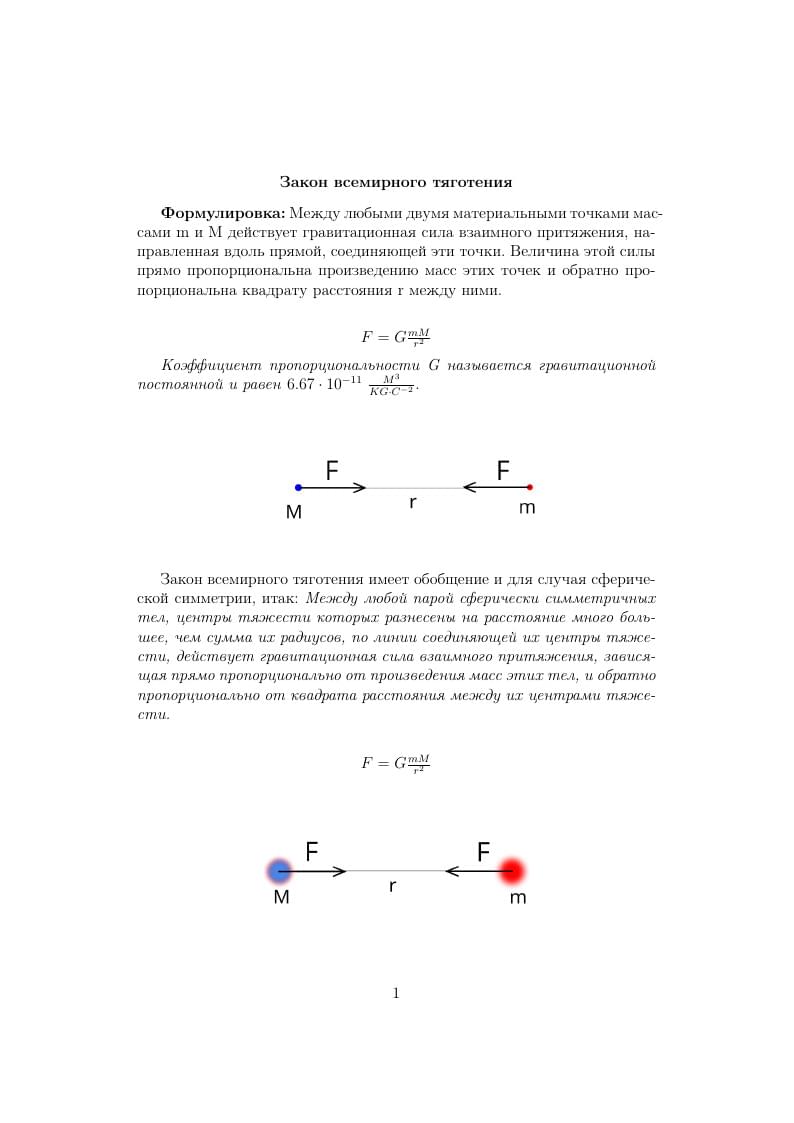
Параграф для энциклопедии, по соответствующей теме.
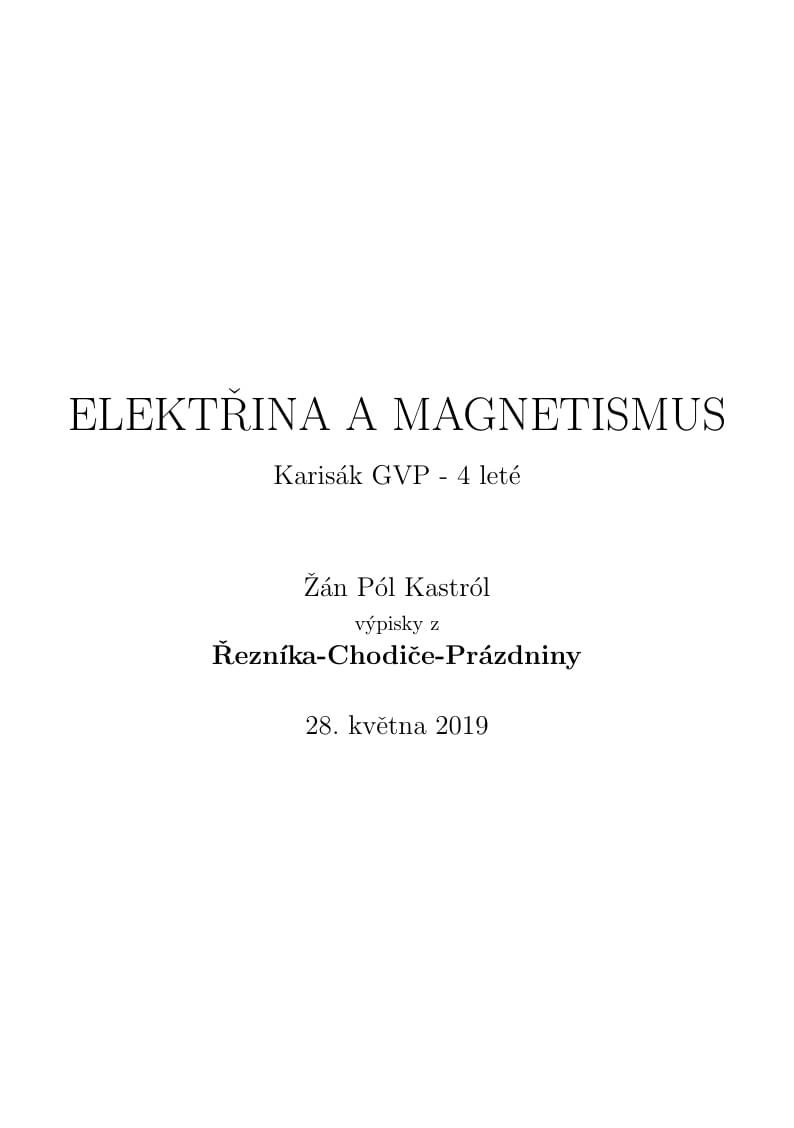
Karisák.
\begin
Discover why over 20 million people worldwide trust Overleaf with their work.